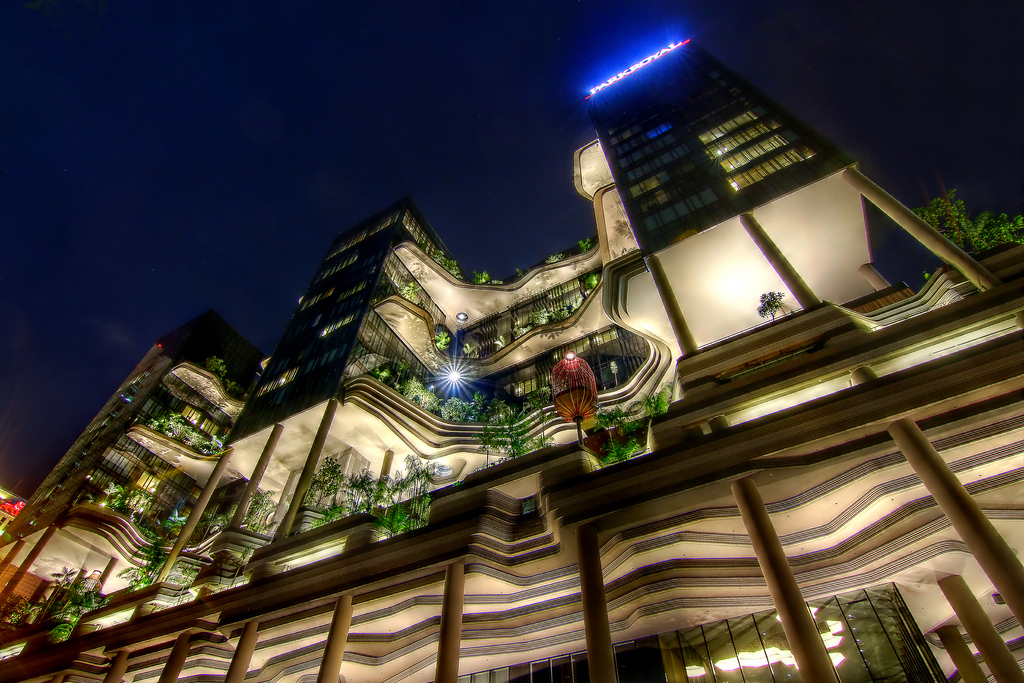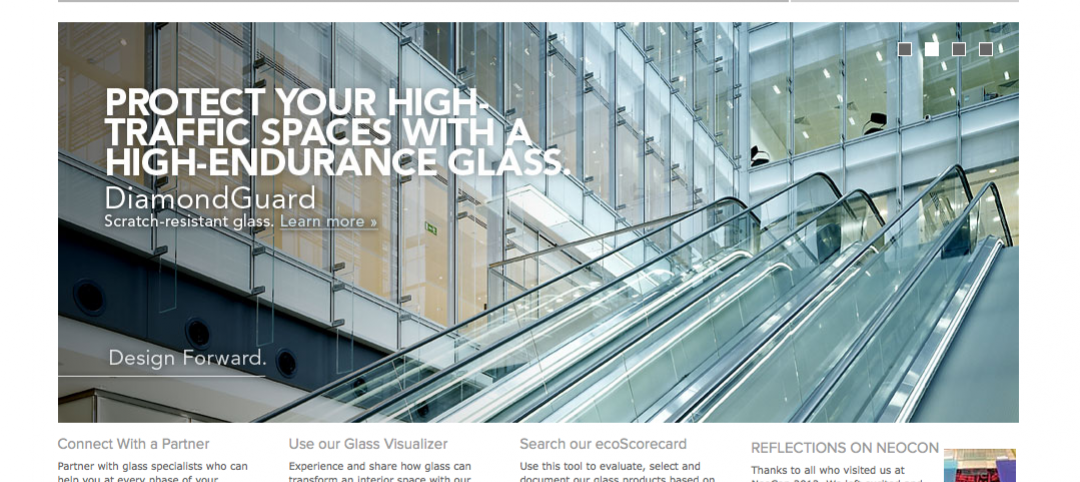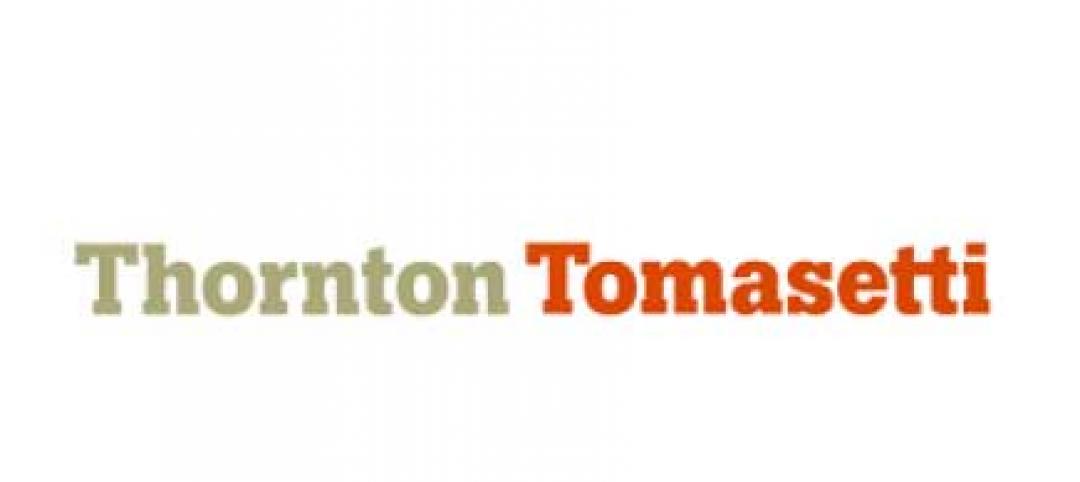Singapore's Parkroyal on Pickering not only has tiers of greenery draped in its contours, but the ample open air space for the outdoor plazas and gardens at the base of the building make it look like the hotel is floating. The design allows the building to max out on space: The 15,000 sm of plantings, water features, waterfalls, terraces and green walls come out to 215% of the site's area.
This week, the Council on Tall Buildings and Urban Habitat (CTBUH) named the Parkroyal on Pickering the Urban Habitat Award winner for 2015. The award, which was founded in 2014, recognizes tall buildings' contributions to the urban realm.
The five-star hotel and four other finalists were chosen "for their exemplary designs that are intelligently influenced by both their environmental and cultural context, and which add to the social sustainability of both their immediate and wider settings," according to a CTBUH press release.
The winners and finalists will be celebrated at an awards ceremony at the Illinois Institute of Technology in Chicago on November 12. The symposioum will have presentations from the owners and architects of each building.
The four other finalists were:
• Chatswood Transport Interchange (CTI) in Sydney, Australia
• d’Leedon in Singapore
• Jing An Kerry Centre in Shanghai, China
• Tour Carpe Diem in Paris, France
Related Stories
| Jun 29, 2012
SOM writes a new chapter at Cincinnati’s The Christ Hospital
The 332,000–sf design draws on the predominantly red brick character of The Christ Hospital’s existing buildings, interpreting it in a fresh and contemporary manner that fits well within the historic Mt. Auburn neighborhood while reflecting the institution’s dedication to experience, efficiency, flexibility, innovation and brand.
| Jun 29, 2012
Benjamin Moore Paints announces new CEO
Robert S. Merritt comes to Benjamin Moore with over three decades of management experience in the restaurant and food preparation and distribution industries
| Jun 29, 2012
Guardian launches industry’s first glass visualizer for interior design
Online tool allows designers to explore the possibilities of glass.
| Jun 28, 2012
Federal applications of renewable energy
U.S. Army Fort Knox: Using the Earth for space heating and cooling. The U.S. Department of Energy’s (DOE) Federal Energy Management Program (FEMP) facilitates the Federal Government’s implementation of sound, cost-effective energy management and investment practices to enhance the nation’s energy security and environmental stewardship.
| Jun 27, 2012
HDR opens office in Beijing
The Beijing office is HDR’s second location in China; the firm’s other office is in Shanghai.
| Jun 27, 2012
KBE Building wins honor for Armed Forces Reserve Center
The construction phase was completed in just 16 months.
| Jun 27, 2012
SOM’s Baker receives honorary doctorate in engineering from Heriot-Watt University
Baker recognized for his career and influential contribution in the field of structural engineering.
| Jun 25, 2012
Living green wall planned for InterContinental Chicago
Project, with price tag of $2 million to $3 million, needs council approval.
| Jun 25, 2012
AIA-NJ honors DMR Architects
The academic building, completed in 2009, provides classrooms, computer labs, faculty offices, and meeting spaces for the College, which has a steady 7% annual increase in enrollment.
| Jun 25, 2012
Thornton Tomasetti appoints Hofmeister and Zhu to board of directors
The addition of Hofmeister and Zhu brings the number of directors to 10.

















